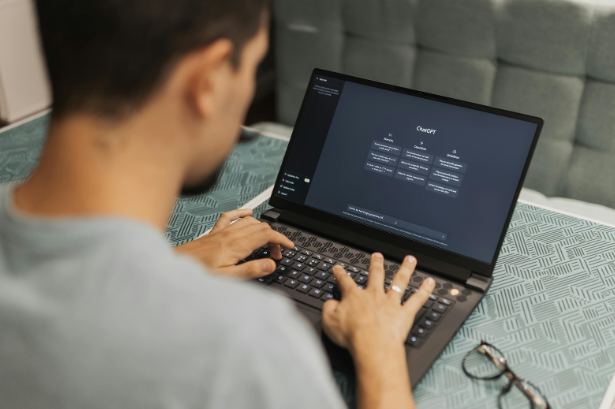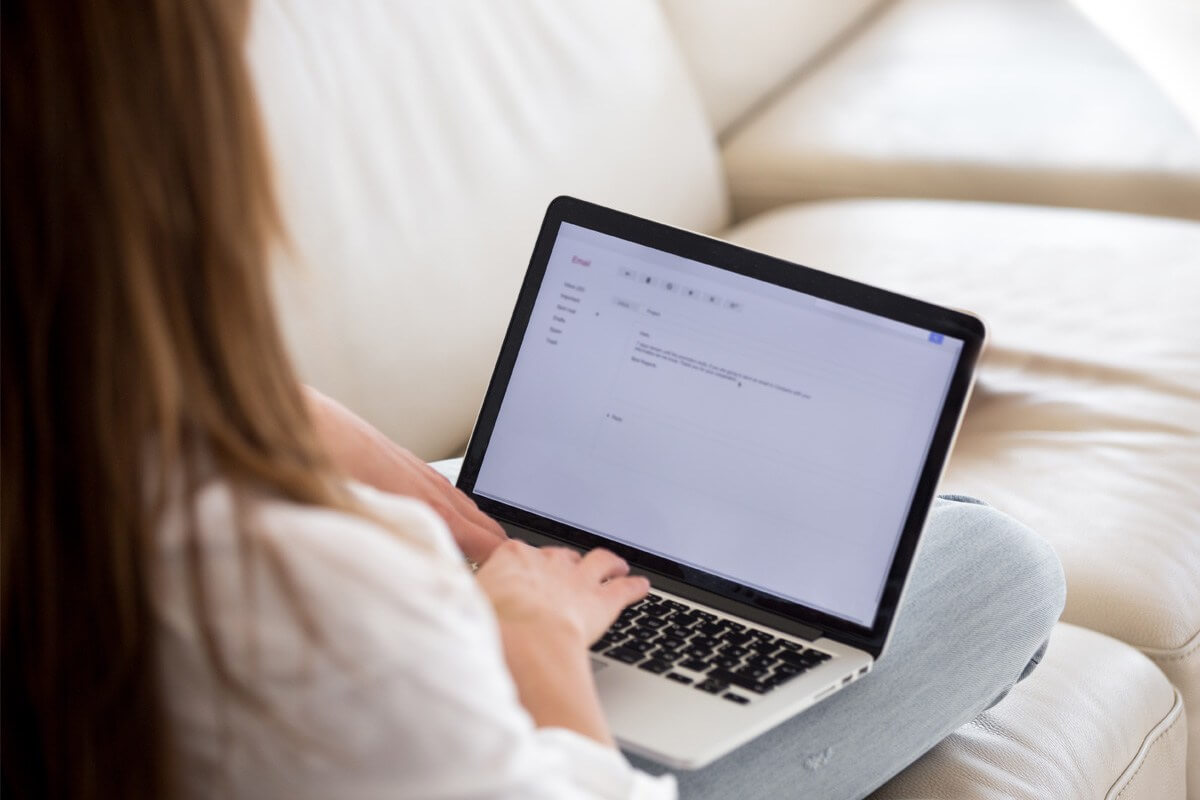
How To Write a Great Tech CV Part IV: The Art of the Cover Letter
06 Dec, 20235 mins
Part IV: The Art of the Cover Letter
While not all jobs you’ll apply to require a cover letter, it is a crucial part to get right for those that do. For any role, a well-written cover letter can be the difference between your application standing out and between it disappearing into the crowd.
However, it can be difficult to know the best approach to take with a cover letter. Here, we set out the basic guidelines to follow to ensure that yours can stand out every time.
Purpose and Tone
Firstly, consider the purpose of a cover letter. This might seem self-evident, but reminding yourself what this document is aiming to achieve will enable you to execute it more effectively.
A cover letter accompanies your application and introduces you in a more conversational, less formulaic way than your CV. You can consider it as the introduction to the rest of the application; it is your chance to speak directly to the person reviewing it and tell them what to look out for.
As such, the tone of your cover letter is important. It can be slightly less formal than your CV, but it still needs to be professional. Similarly, while you’ll use proper sentences rather than summaries and lists, it is important still to be concise and get to the point as quickly as possible.
Consider this the human touch. Your CV letter could well be screened predominantly by AI. In a cover letter, you’re communicating directly to another person; it’s a chance to build a direct connection with the person who decides whether or not to put you through for a role.
Structure
There are three important components of a cover letter:
- A personal introduction
- An explanation of why you want the role
- An explanation of what makes you the best candidate for the role
The second two of these are very important, as we’ll explain below.
Intro
Firstly, however, it’s important to briefly set the reader’s expectations with a short introduction to yourself. This only needs to be a short paragraph — two to three sentences at most — briefly explaining who you are and what you do.
It goes without saying that the opening words of these should describe you as matching the job title of the role. Be precise; if you are applying for a role that uses Java, describe yourself as a “Java Developer” rather than a “Software Developer” or a “Back End Developer”.
You might also want to briefly describe your most recent role here. If you’ve already left it, now is a good time to include a brief mention of why it came to an end (e.g., “I was recently made redundant in the latest round of job cuts at Meta”). If you’re still there, it can be worth making a brief mention of why you’re applying to this role (e.g., “I am looking for a new position that will give me more exposure to generative AI”).
Why You Want the Role
Finishing your intro section on this note leads you naturally into an explanation of why you want the role. This is possibly the most important part of a cover letter, because you can go into detail here in a way in which you can’t on a CV.
Much of the rest of your cover letter can be boilerplate, but this paragraph needs to be tailor-written for every role you apply to. There is very little as off-putting to an internal recruiter as a generic cover letter.
Consider specific details about the company and role — be it the tech stack, its product, its industry sector, or something else — that you genuinely believe will enrich your career and working life. If you’ve mentioned your career motivations at the end of your introduction, make sure these tie together seamlessly. Explain, in approximately three to five sentences, why you are applying for the role, and what about the company excites you.
Why You Are the Best
A CV is quite a good document to show what makes someone a qualified applicant for a role, but it’s not so good at showcasing who will be the best applicant for it. That’s why we have interview processes.
However, a great cover letter can give you a head start. It enables you to go into more detail than on your CV about the previous projects you’ve worked on and how they relate to the job description as you understand it. You can be more detailed about your specific contributions, both in terms of technical elements, and non-technical aspects such as the sprint cycle you worked to or whether you performed roles such as scrum mastering.
The first two sections of your cover letter effectively convince the person reading it that your CV will be worth their time. This final section should make them actively excited to read it, and to pick up the phone to interview you in person.
Need More Support?
Our team of expert consultants at Oho Group are more than happy to provide bespoke advice to anyone looking for a technical role.
Speak to us today to find out how we can help you land your next job with one of technology’s greatest innovators.


